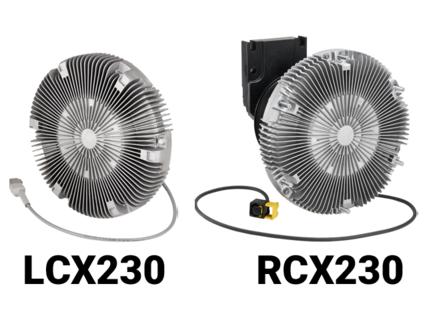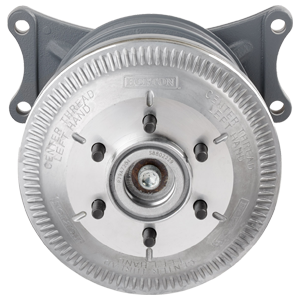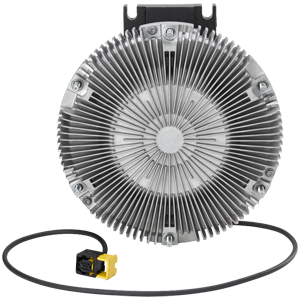One less engine system to worry about
The announcement of Peterbilt's new Model 579 and the Kenworth Next Gen T680 has the trucking world abuzz. But it also means new systems for you, your technicians and sales force to learn.
Both trucks feature the latest engine cooling technology, including viscous-driven, variable-speed fan drives. But it's not complicated.
Questions?
Meet Cody, Horton's aftermarket director. You can ask him anything, any time.

What is a variable-speed fan drive?
Viscous fan drives communicate directly with the engine computer to precisely control fan speed to meet cooling requirements.

RCX230 and LCX230 variable-speed fan drives
- Industry-leading fan speed control that optimizes horsepower and reduces noise
- Low disengaged fan speed that reduces parasitic loss and improves fuel economy
- Cold-Start Disengagement™ helps warm up truck quicker during cold weather
- Maintenance-free with no wear components
- RCX features integrated drive hub and mounting bracket; designed for MX-11, MX-13, PX-9, ISX12, X15 engine models
- LCX mounts direction to crankshaft; designed for MX13 engine model
Comparing traditional pneumatic on/off fan clutches and variable-speed fan drives

Pneumatic on/off fan drives cycle between fully on and fully off (hence their name). This causes firmer engagements, noisier operation and often overcooling. They also contain components that wear over time and are attached to the vehicle's air system. This means more frequent maintenance than variable-speed fan drives.

Viscous-drive, variable-speed fan drives communicate directly with the ECM, controlling fan speed to match the exact amount of cooling required. The optimized setup creates smoother engagements, reduces noise and frees up available horsepower. These fan drives are also maintenance-free.
